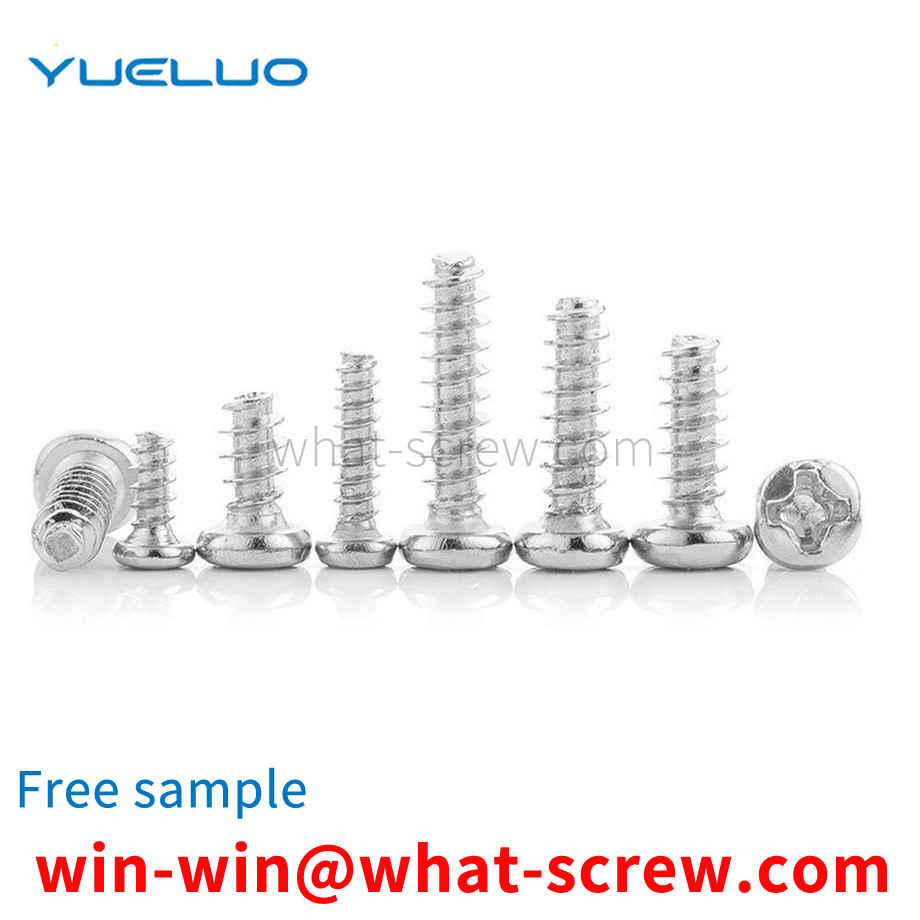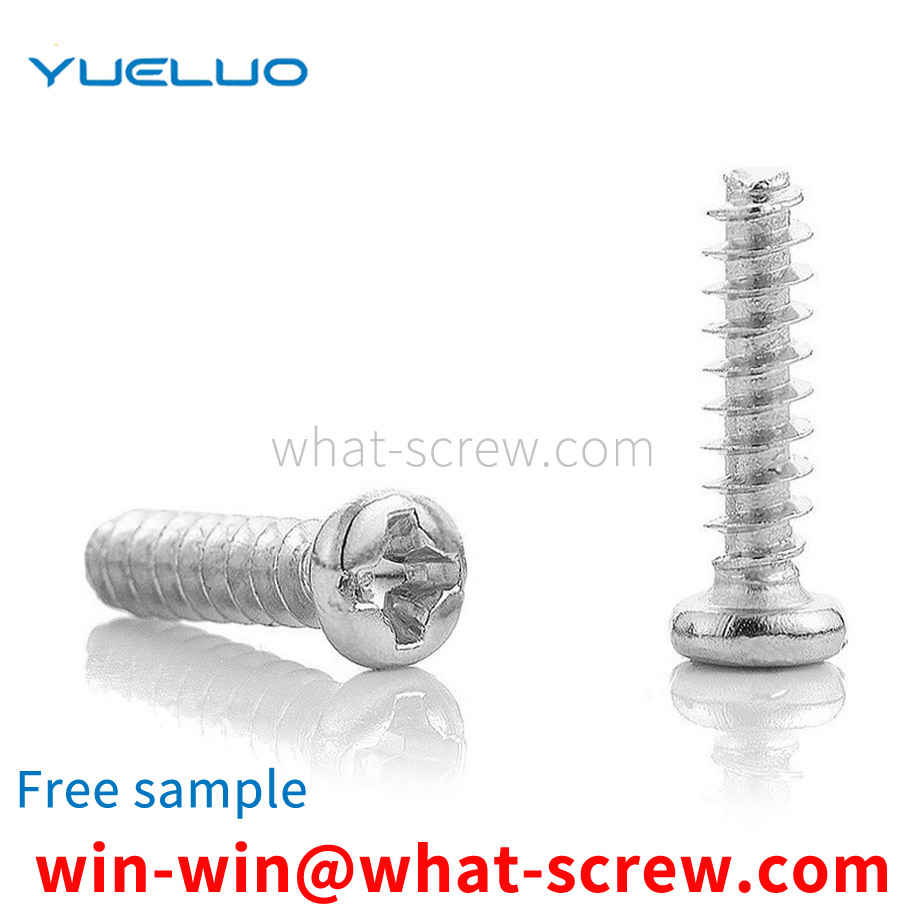The earliest rivets were small pegs made of wood or bone, and the earliest metal variants may be the ancestors of what we know as rivets. They are without a doubt the oldest known method of joining metals, dating back as far as the earliest use of malleable metals, eg: Bronze Age Egyptians riveted the six wooden sectors of the outer lines of a slotted wheel with rivets Fastened together, after the Greeks had succeeded in casting large statues in bronze, the parts were riveted together with rivets.
The grooved embedded parts are pre-embedded in concrete, and then placed in the groove with WhistlerT-bolts. After adjusting the fixed position, the fixed object is locked with a nut to achieve the fixing effect. When the grooved embedded parts are embedded vertically in the concrete or at a certain angle to the horizontal line, the WhistlerT-bolts are likely to move in position before they are tightened. In particular, when fixing heavy equipment, multiple WhistlerT-bolts are required, and multiple groups of workers are required to help and positioning is difficult, and the installation process is complicated.
The pretreatment process is a key process that determines the quality of nickel-phosphorus plating on high-strength bolts. The purpose of this process is to remove the passivation layer on the surface of the bolt and prevent the regeneration of the passivation film. The execution of this process directly determines the degree of bonding between the substrate and the coating. Most of the quality accidents in production are caused by poor pretreatment of bolts. Before plating, the oil, rust and oxide scale attached to the surface of the bolt must be carefully removed; the difference with electroplating is that it should be inspected more carefully, and plating is absolutely not allowed on unclean bolts. ① Inspection of bolts: Visual inspection of the surface quality of bolts requires that any burrs left by processing must be removed, and sharp edges and corners must be rounded. ② Manual degreasing; ensure that the surface of the substrate is free of oil stains. ③ Soak and remove oil; boil the bolts in alkaline water to remove the surface oil. ④ Pickling: In order to prevent the alkaline degreasing solution from contaminating the flash nickel plating tank, electro-activation treatment is carried out with pickling solution before flash nickel plating. ⑤ Electro-activation; electro-activation treatment with acid solution. ⑥ Flash nickel plating; flash nickel plating should be used for low alloy steel to increase the bonding strength between the coating and the substrate.
Earless retaining ring (known as Constant Section Rings abroad) is also called constant section retaining ring, because the cross section is equal, and there is no ear part protruding from the traditional stamping retaining ring, so it is called earless retaining ring. Earless retaining ring and spiral retaining ring have similarities in production, processing and use characteristics. They are both flattened and wound by steel wire. After heat treatment and surface treatment, they have good elasticity and toughness. Earless retaining ring is divided into two types: shaft use and hole use, and there are various forms of tail ends to choose from. The application of earless retaining ring is the same as that of traditional WhistlerC-type retaining ring, which is widely used in hydraulic parts assembly, valves, instruments, various lock core components, needle roller bearings, pulleys, connectors, quick connectors and other mechanical assemblies.
In real life, WhistlerWhistlerrivet nuts are used. With different specifications and different uses, many people are familiar with this tool but don't know how to use it properly. In fact, WhistlerWhistlerrivet nut tools have manual and transmission, and now are rarely used for manual. If you choose to use electric WhistlerWhistlerrivet nuts in order to improve production efficiency, which of the two is more widely used? The following describes the use of electric WhistlerWhistlerrivet nuts and manual nuts. How to use the manual WhistlerWhistlerrivet nut tool: Insert the WhistlerWhistlerrivet nut into the drilled installation hole with a rivet mother tool to fix the WhistlerWhistlerrivet nut. (1) Screw the WhistlerWhistlerrivet nut onto the WhistlerWhistlerrivet nut tool 2) Use the WhistlerWhistlerrivet nut tool to insert the WhistlerWhistlerrivet nut into the drilled mounting hole. (3) WhistlerTighten the nut, and press the handles on both sides of the WhistlerWhistlerrivet nut tool to the direction of the middle round rod. You can only press it hard. Therefore, this pressure must be in place. It is forbidden to repeatedly squeeze the handles on both sides to damage the nut. Fastening thread in the form of inside. (4) The WhistlerWhistlerrivet nut tool is separated from the WhistlerWhistlerrivet nut: just loosen the ball head in the picture, and the tool will be separated from the nut after completely loosening.
We have many years of experience in the production and sales of screws, nuts, flat washers, etc. The main products are: O-ring screws, A-level screws, hammer rivets, semi-hollow rivets and other products, we can provide you with suitable fasteners solution.



















 Service Hotline
Service Hotline




